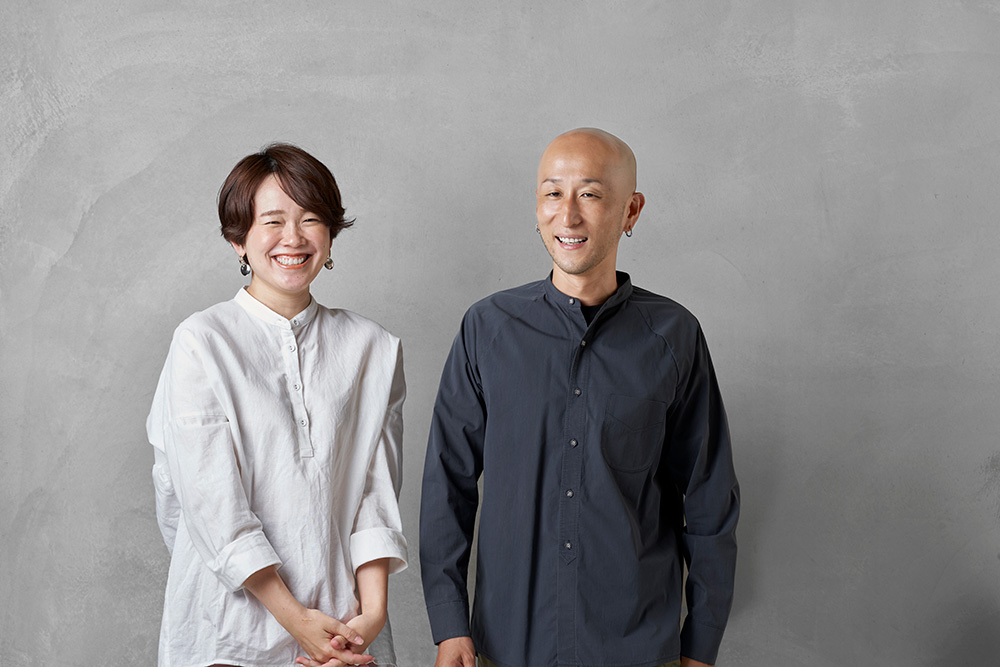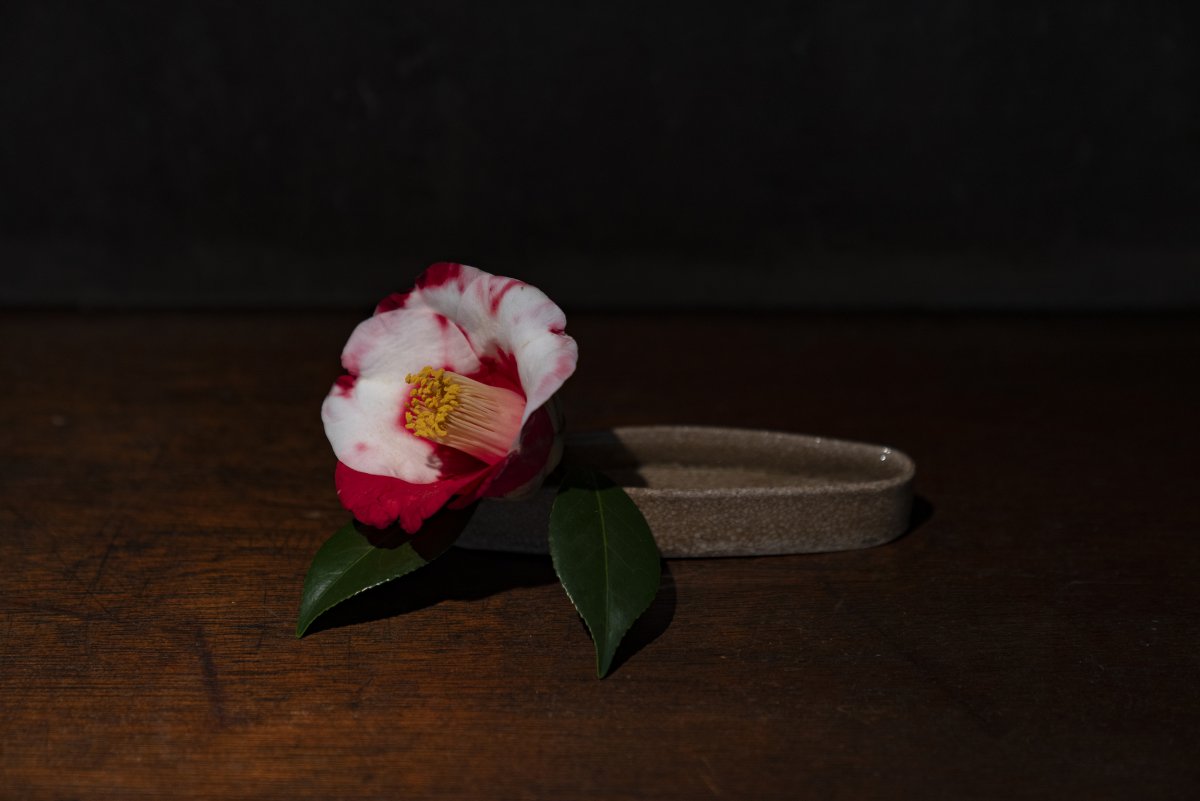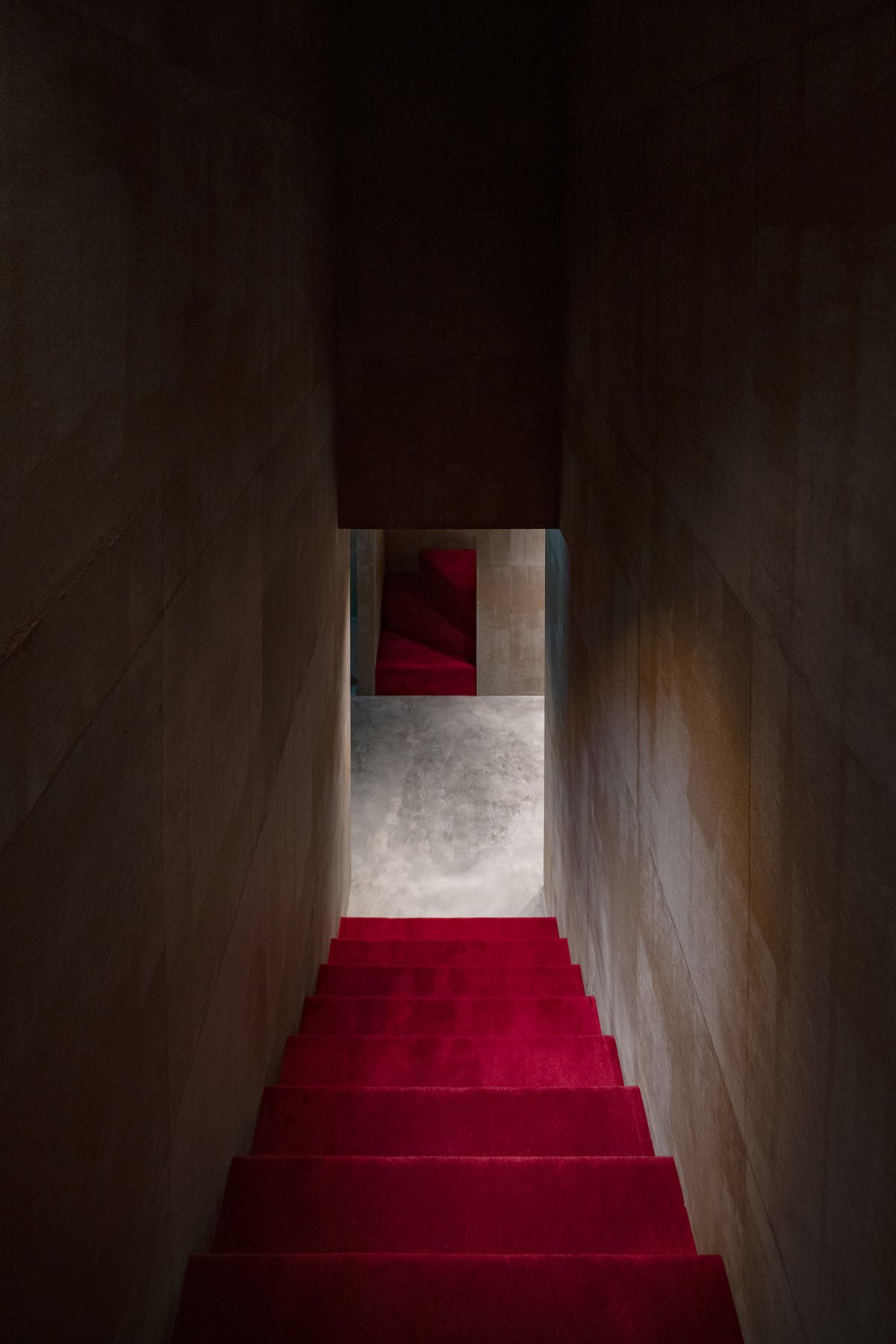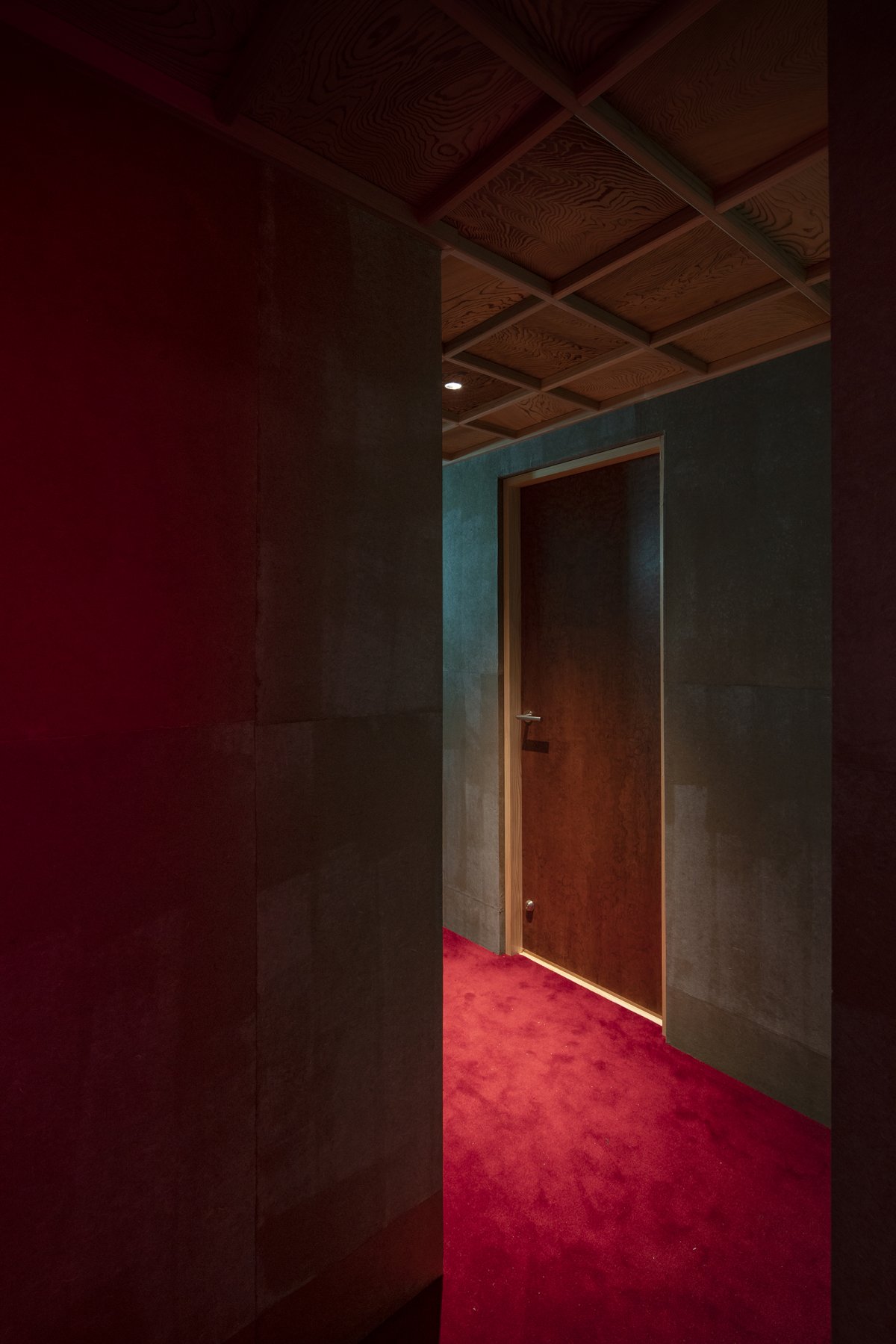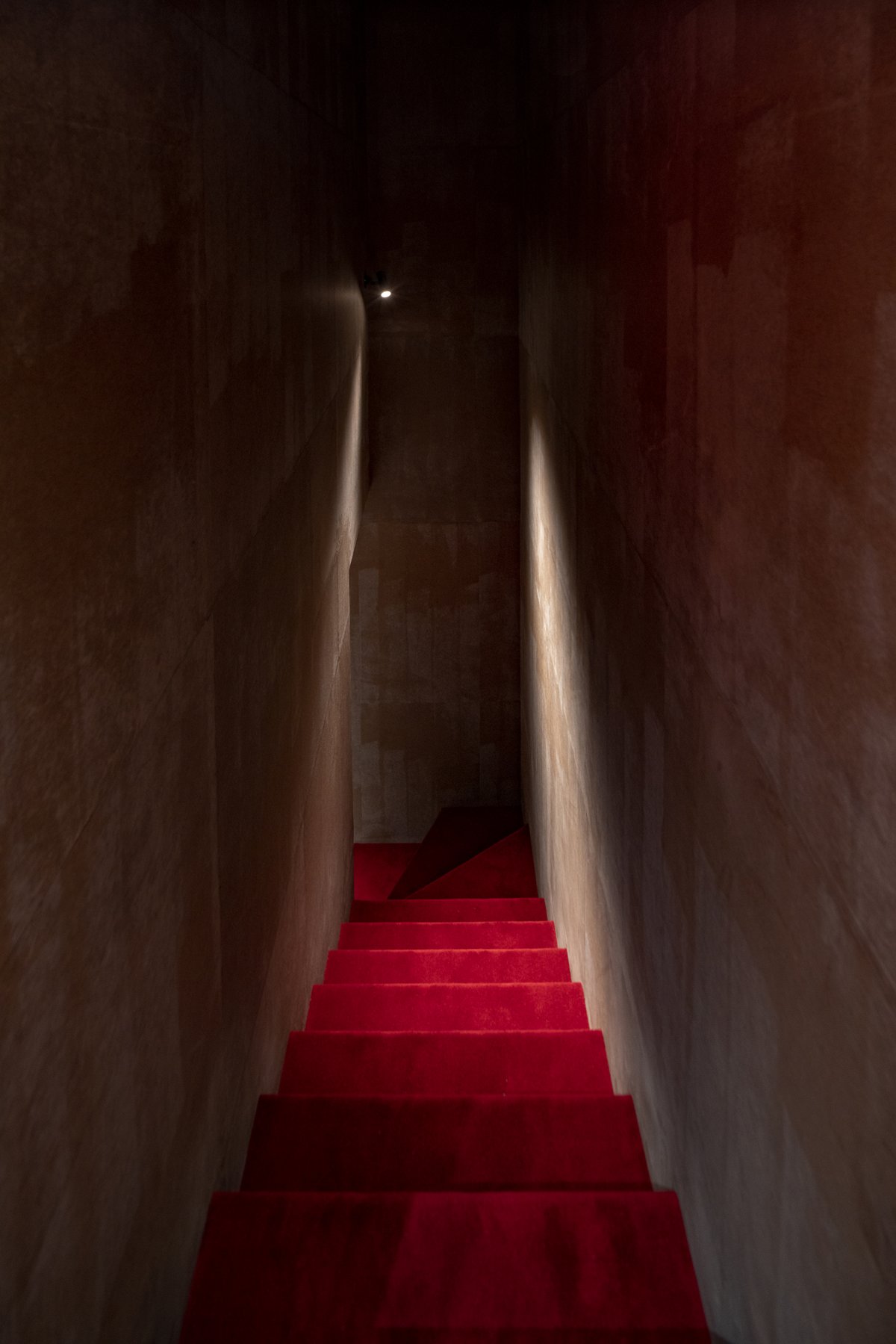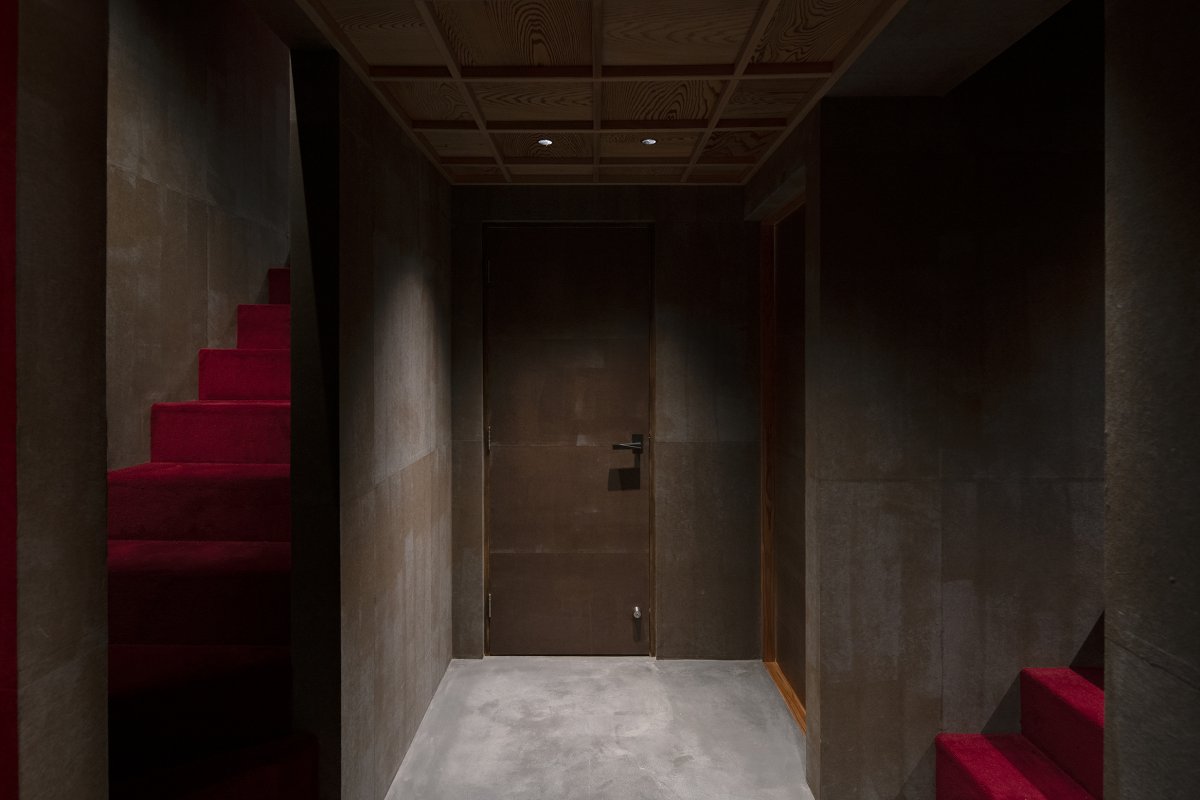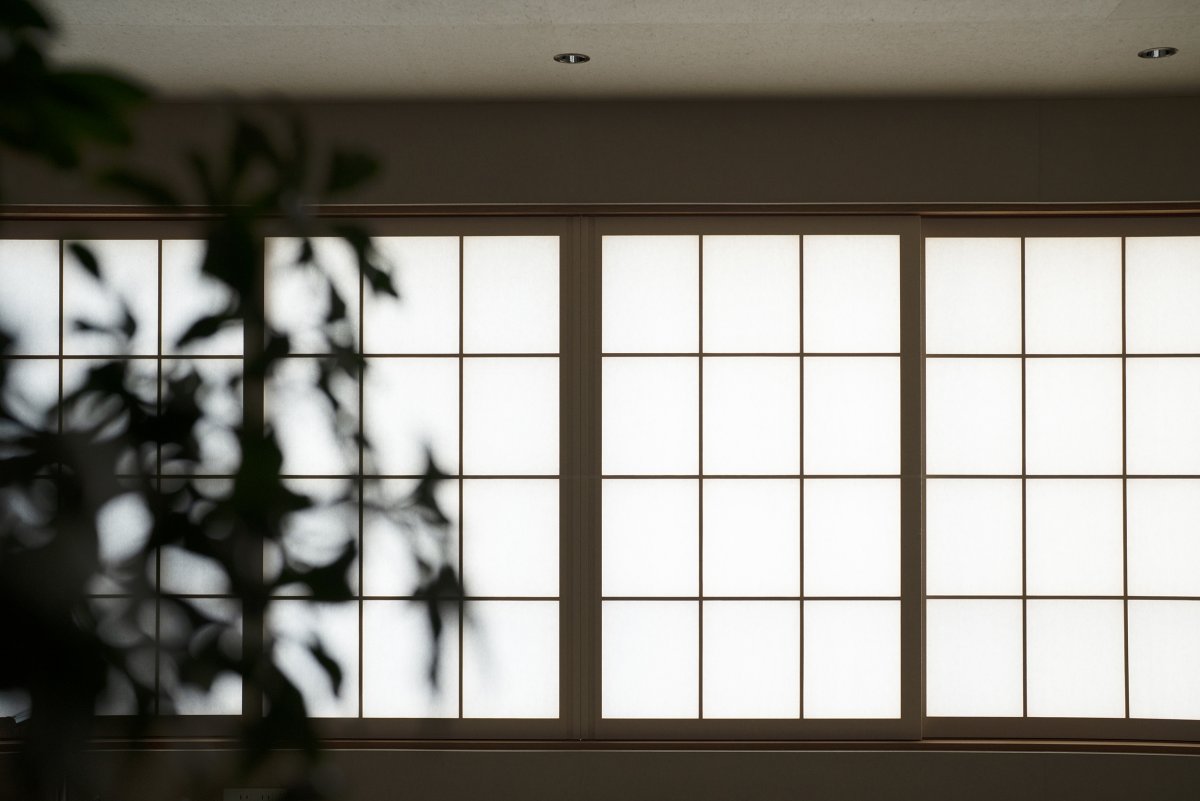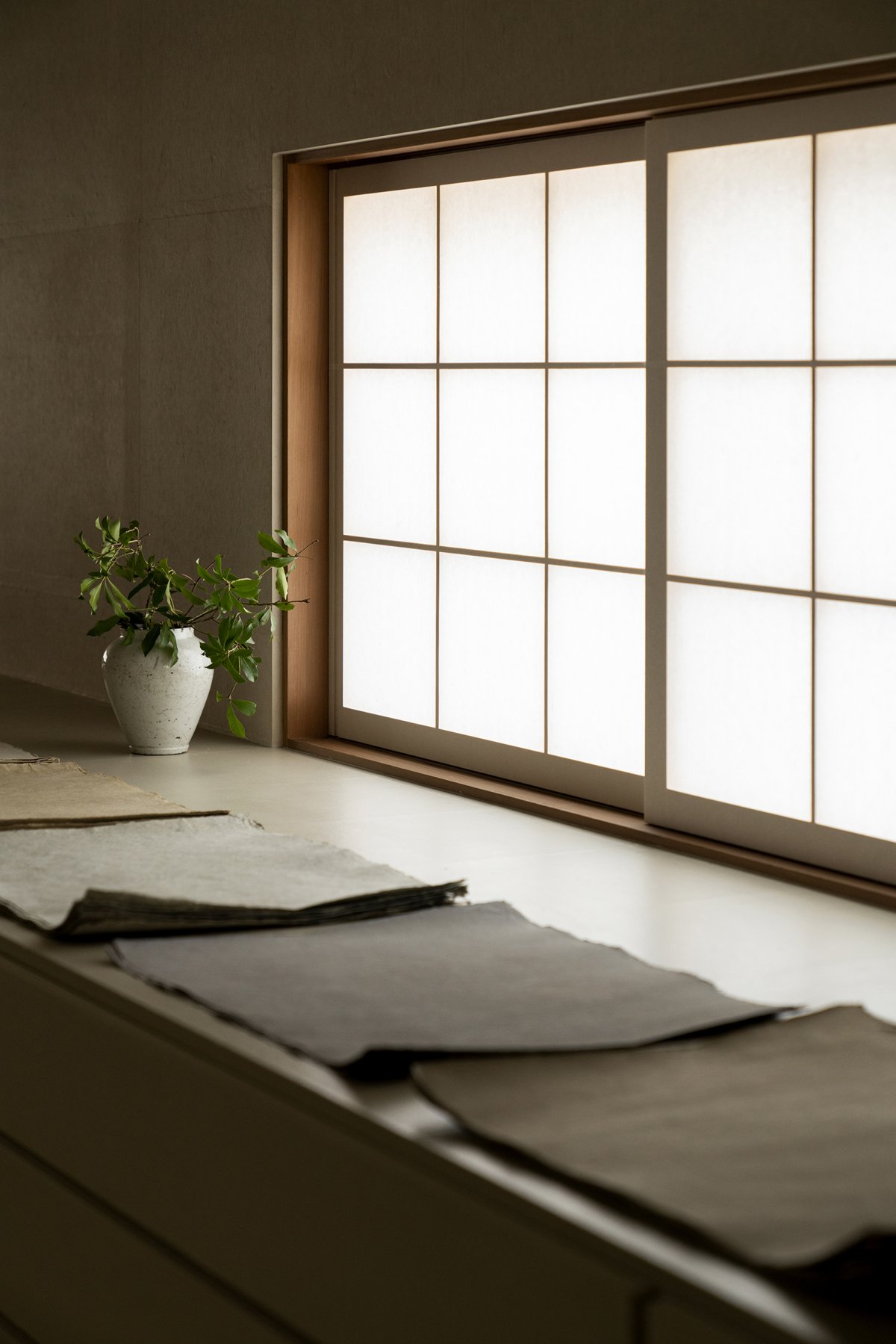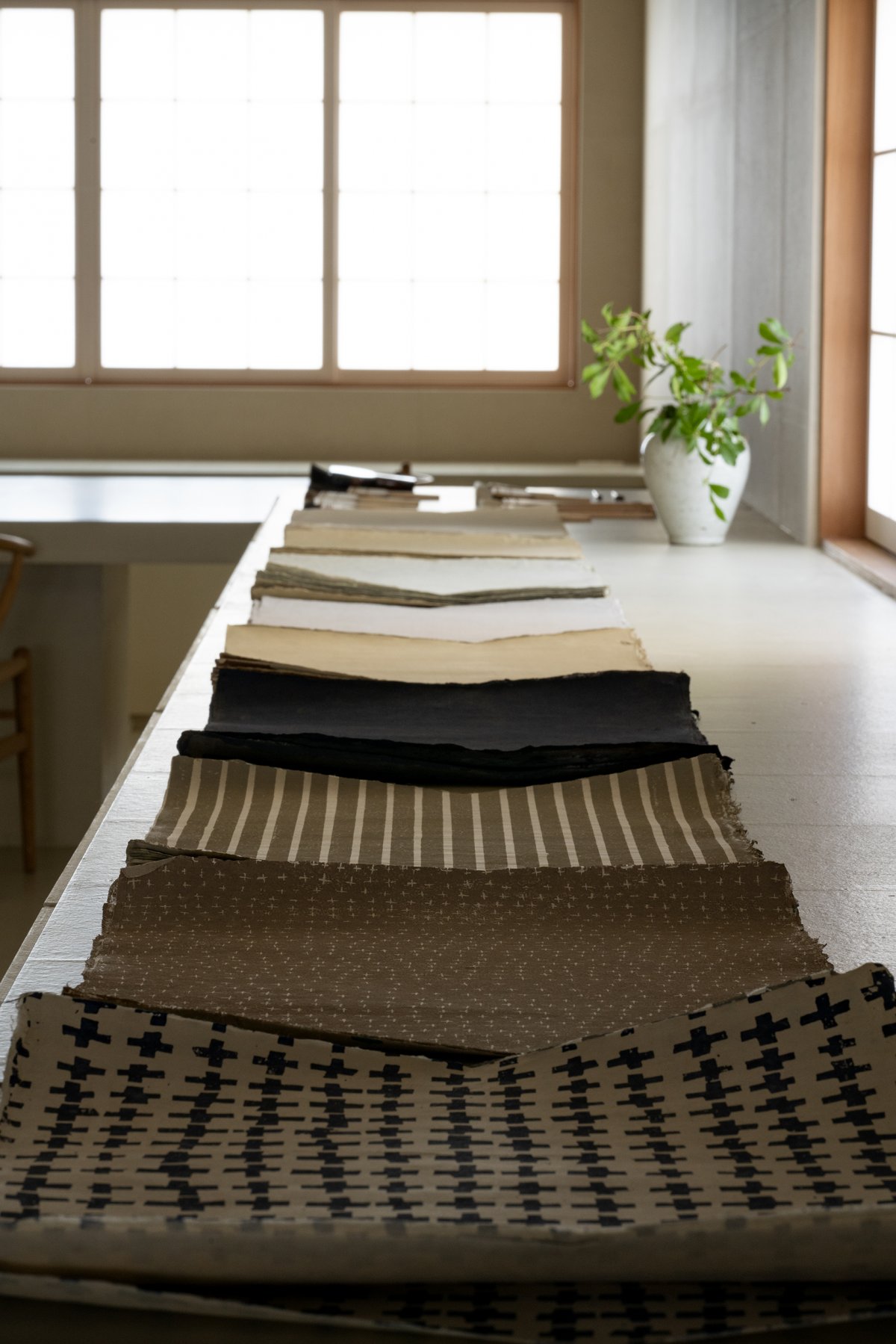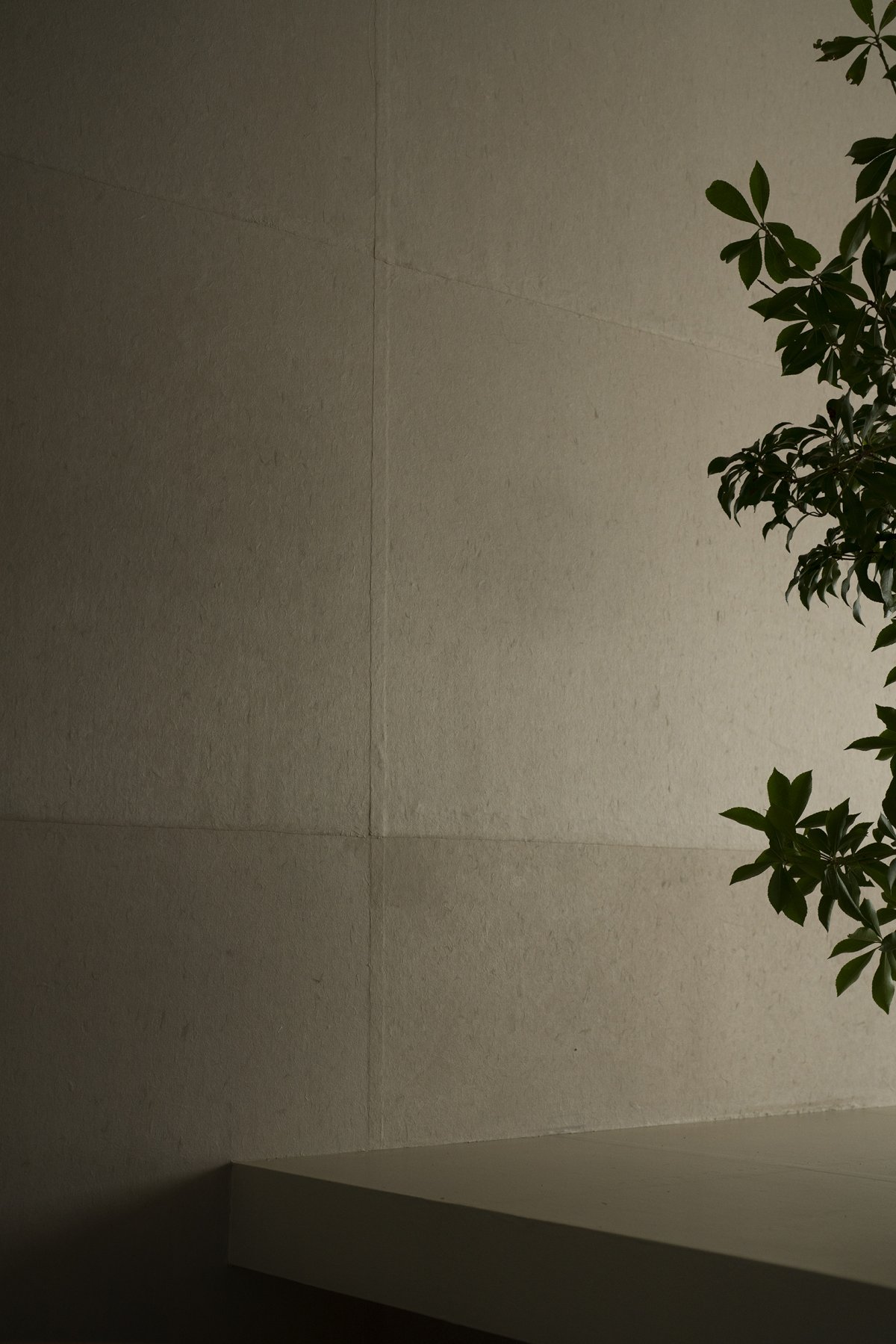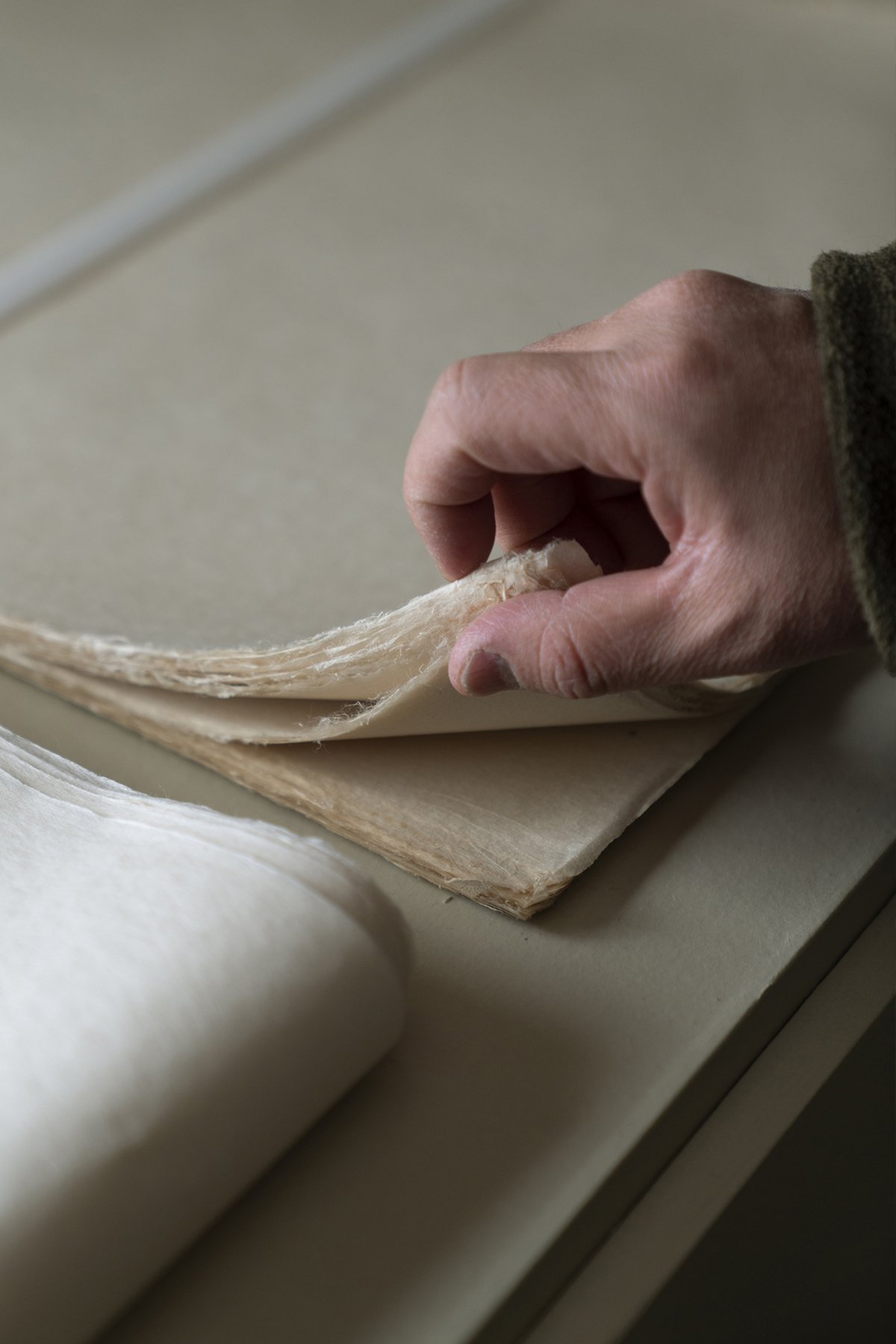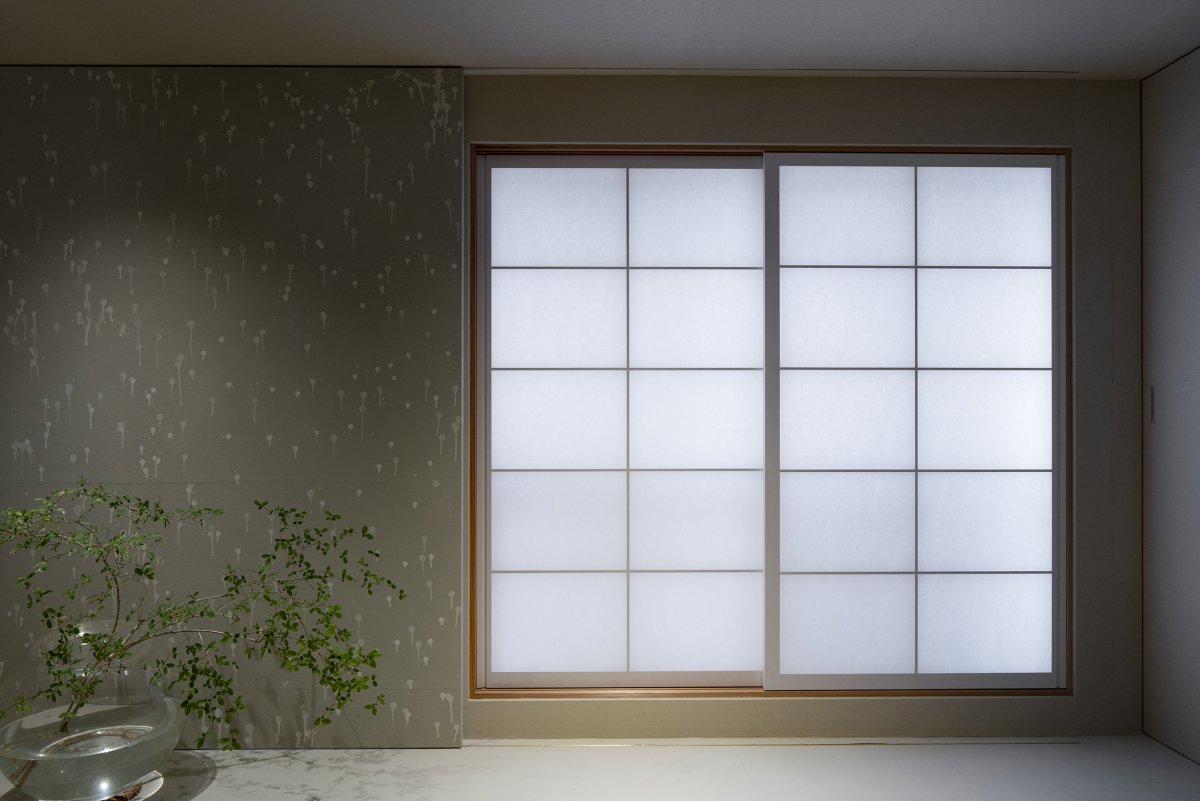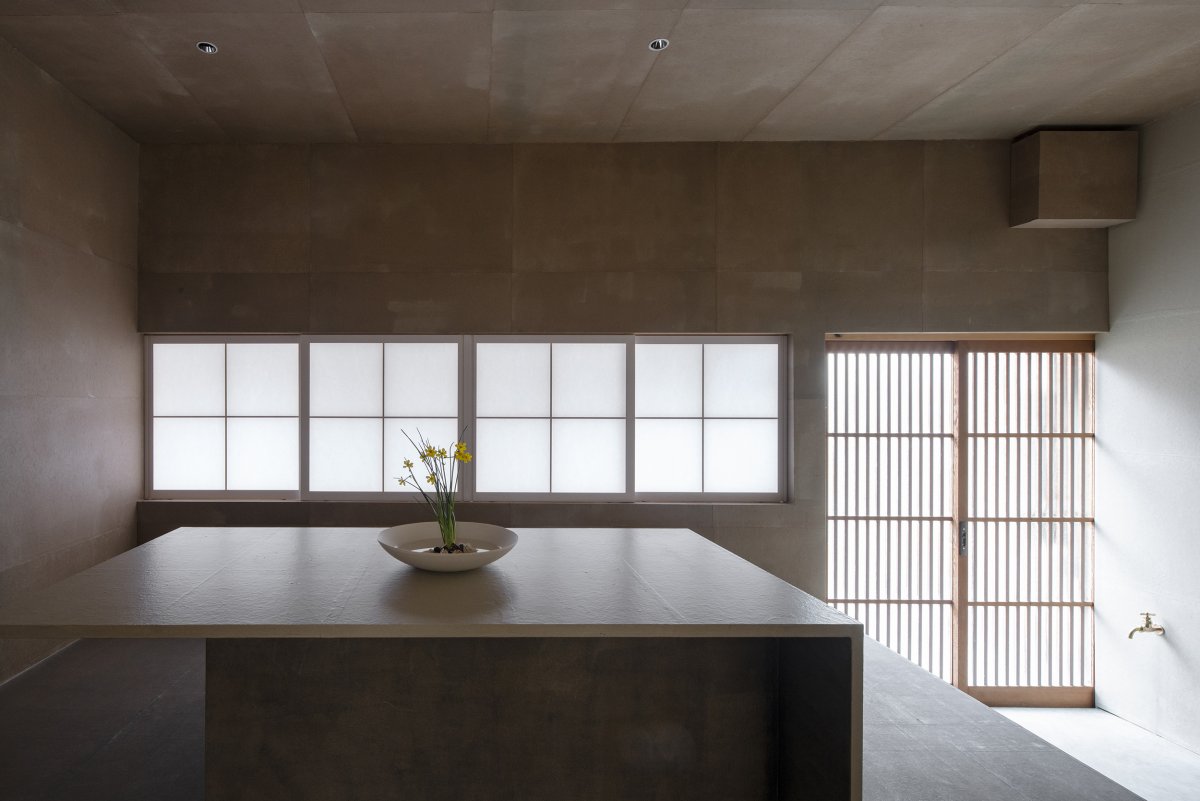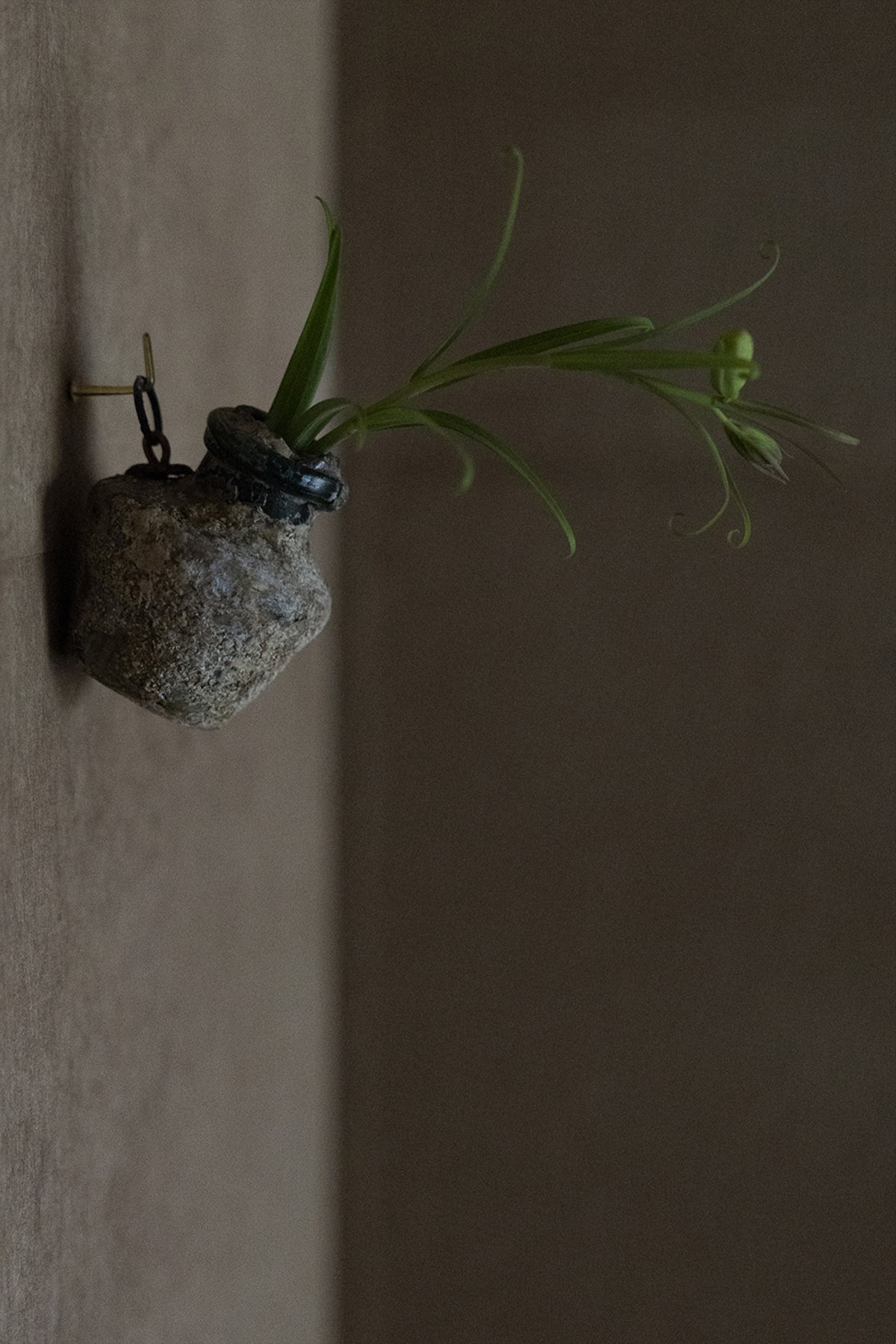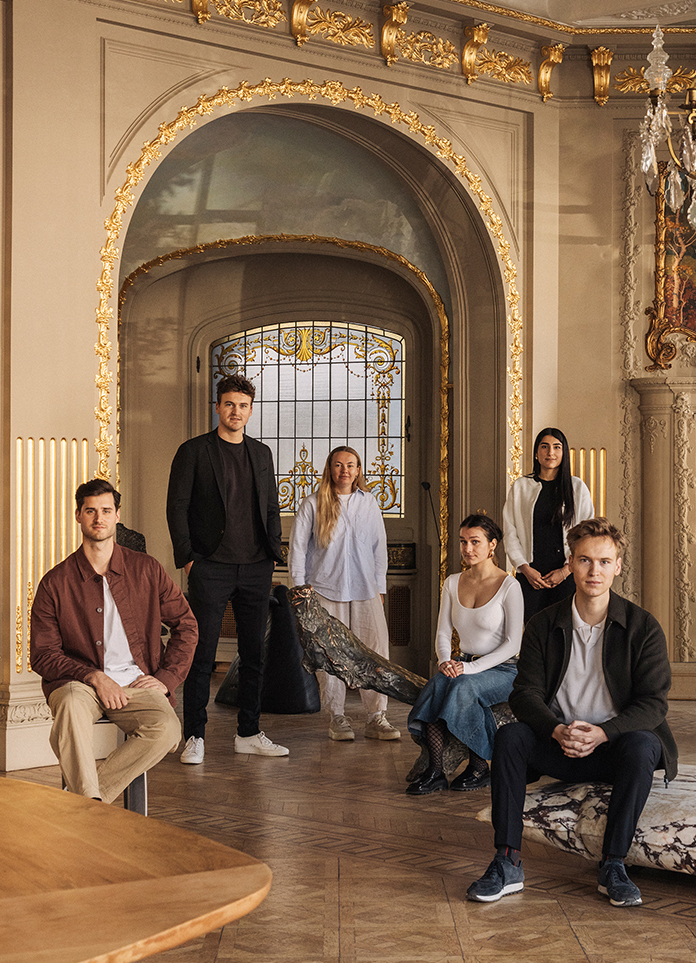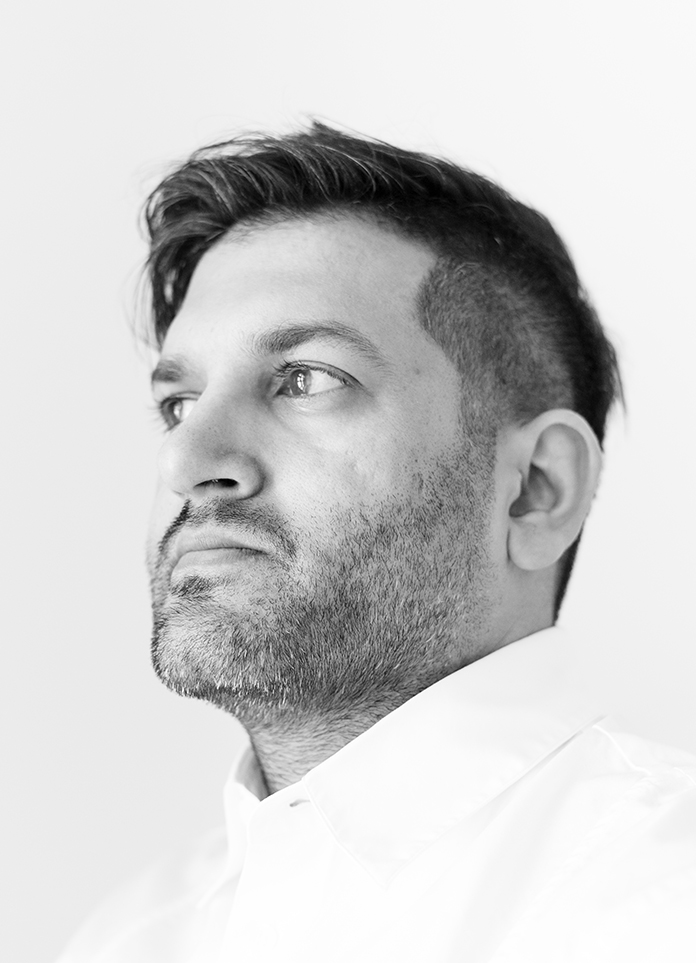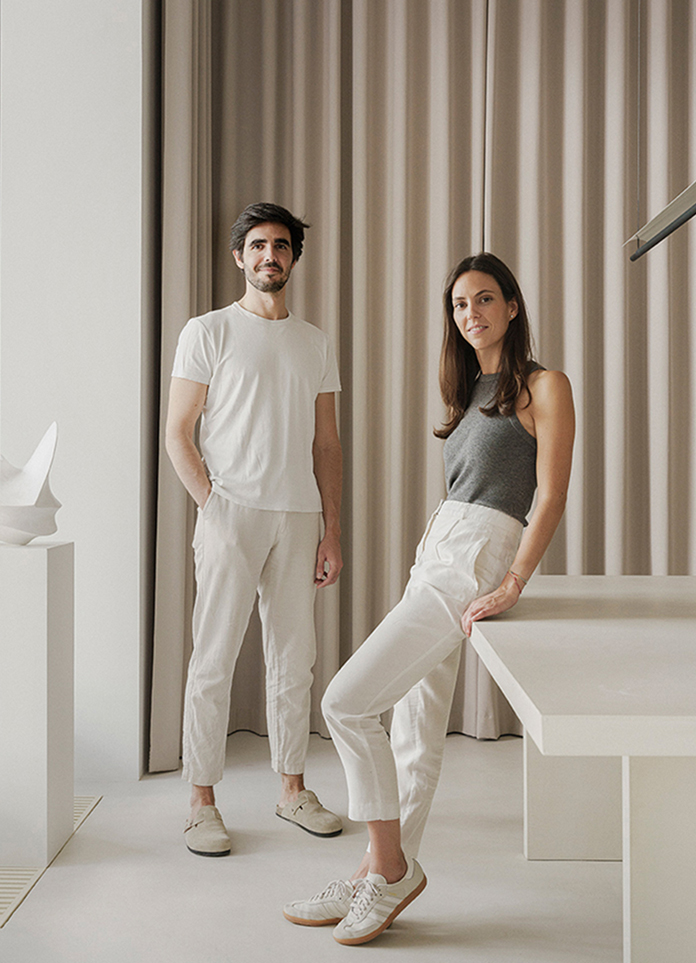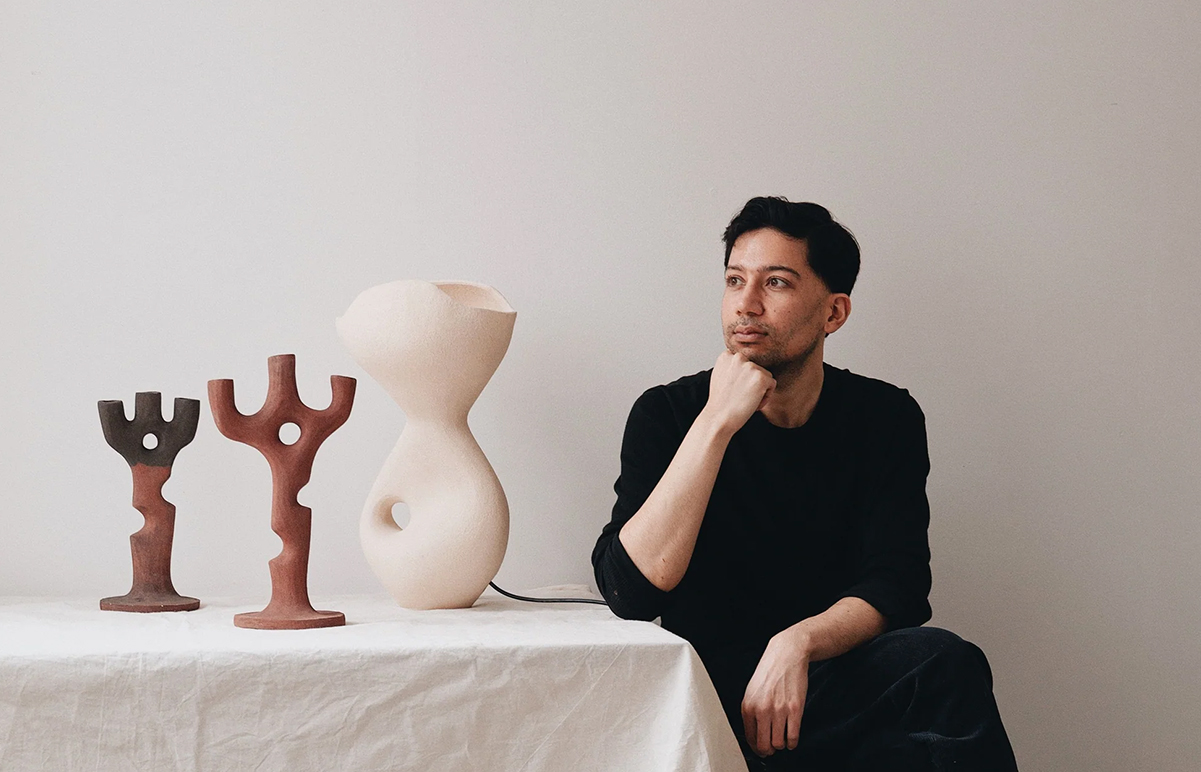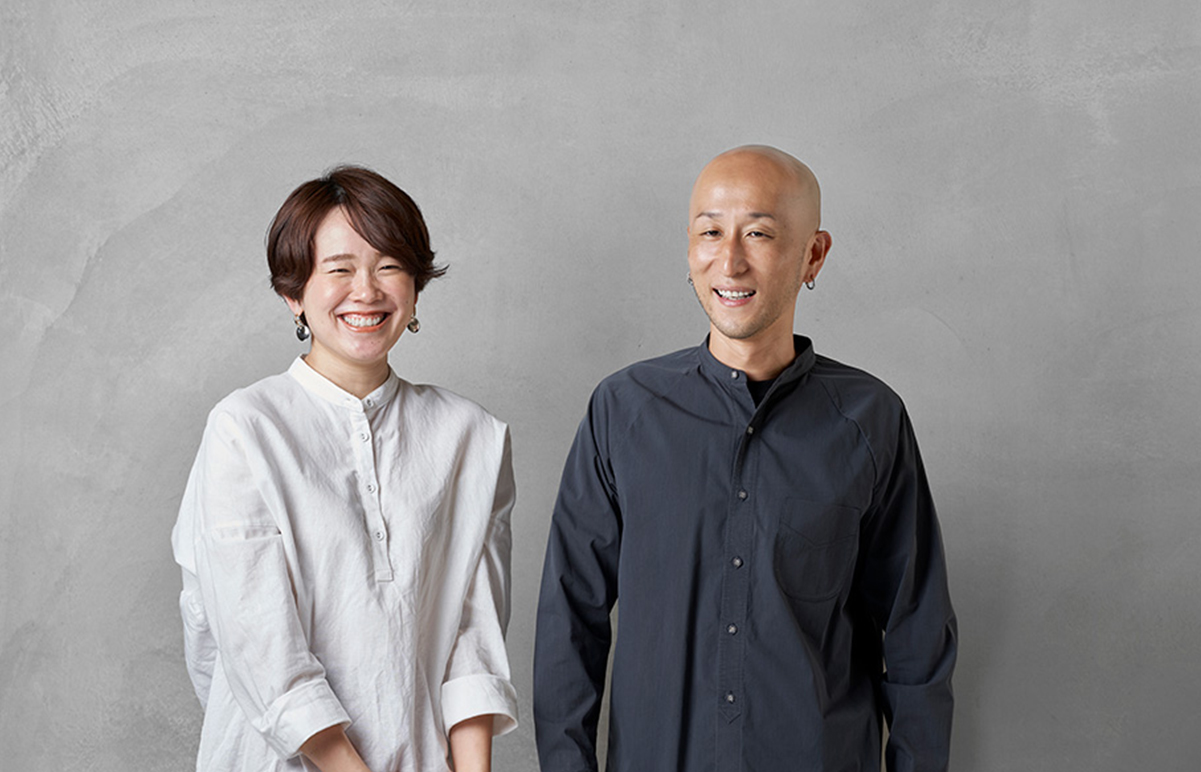
Koyori Design Studio was founded in 2010 by Nahoko Nakamura and Masahiko Nakamura, who are not only business partners, but also close lovers. The service covers architecture, interior, furniture and product design, aiming to promote the beauty of traditional Japanese craftsmanship.Two founders were invited by Yinjispace to hold the first public class in China with the theme of "long-termism" on 5.26 (Thursday) at 20.00pm.
Born and raised in Kyoto, the two founders have a strong attachment to the city. After graduating from Kyoto Institute of Technology in 2010, Masahiko Nakamura runs Koyori Design Studio with her husband, Nahoko Nakamura. A design studio to create authenticity, creativity and carry forward the beauty of Japanese craft "craftsman spirit" pursuit, become their unremitting pursuit of the goal.
All the works presented by Koyori design Studio show the traditional Craftsmanship aesthetics of Japan, from every furniture product to the Japanese atmosphere and architectural features of the entire interior.
Koyori design Studio strives to inherit tradition while creating residential architecture that is responsive to modern needs and changes of The Times, while expressing the essence of Japanese aesthetics. The founders firmly believe that looking back on history and culture, borrowing traditional elements, and perfectly combining the collision of old and new cultures are the driving force for their design innovation.
Yinji:Why you choose Japanese paper? Can you explain more about its craft and cost?
Koyori Architects:I have few reasons to choose this work. Firstly, party A want it to be Kyoto-styled and do not give us much time to finish it. This kind of hospital requires a very good ventilation due to the covid-19 outbreak , and the complicated design for the devices like outlets and air vents installing on the wall, also the plate-like application is not good enough.
Nothing can be perfectly done. From this perspective, we should do it at the beginning if we want to avoid the application and paint. It looks wonderful when firstly done. We have done what can be done for the building. For the project with a scale like this, it will be used for ten to twenty years once it is built. In Japan we have more strict standard for architecture, and usually if it’s damaged after ten years then it’s not qualified. The physical examination hospital have no long vacation and time to repair.
So it has to remain the grace and charm over time without much repair. So the party A spend lot to let us do the design. We have the trust and expectation of our customer, and it’s our duty to think firstly of its change over time. The design for such a large-scale building is rare at home and abroad. The application costs 4000 yen, three times as expensive as the normal one. Then the Japanese paper costs about 2000 yen per piece. It has different types and all the Japanese papers in the project cost around 12000 yen.
Yinji:What is the difference between medical project and other design?
Koyori Architects:Of course we would consider the interest of the party A, and also the different functions and purposes. We won’t do things just because someone label them as cool. Basically it is about function and context, so every building has different features.
Yinji:How so you see the difference between Japanese style and oriental design?
When I’m a student, I have Chinese friends at school. Some of them are working on design field at Shanghai or Suzhou for now, and some the them stay in Japan. Our customer are from Taiwan, America and many other places. In work we don’t pay attention to where people come from. Now we basically base in Kyoto and design in temple-like Kyoto style.
Our generation is strictly educated, and the inspiration comes from the Japanese-styled education. It is somehow hard to catch when foreigners especially Chinese label our work as Kyoto-styled. Ambiguous it may be, but it’s related to our native history and culture. And here comes the distinction.
- Interiors: Koyori Architects
- Photos: Junichi Usui
